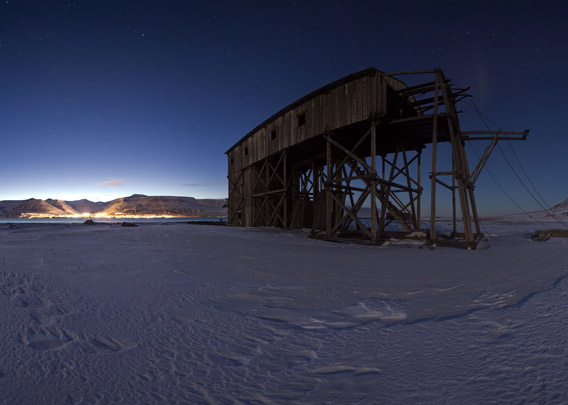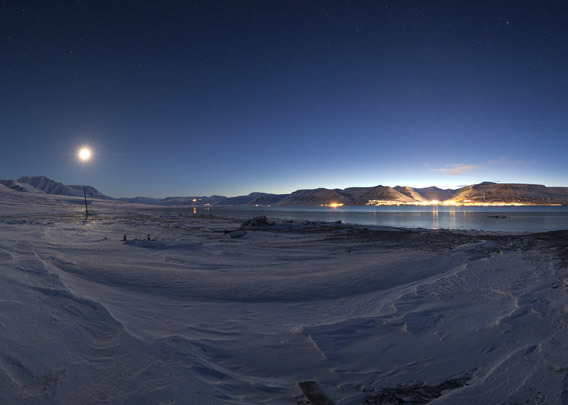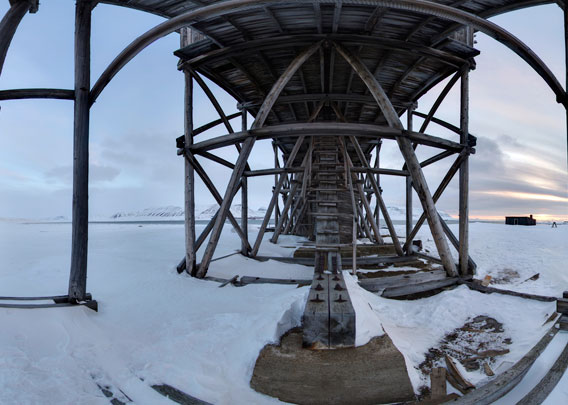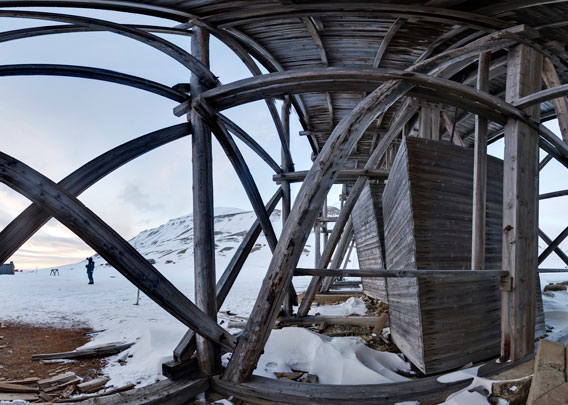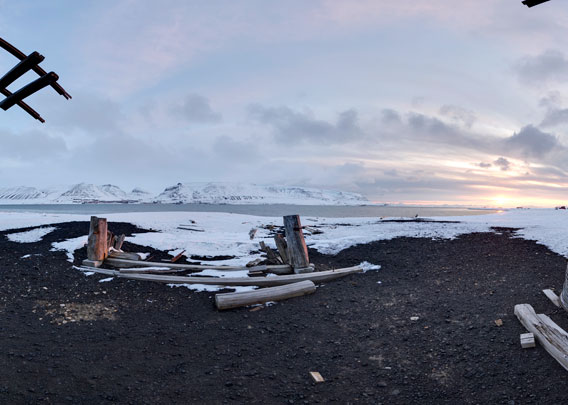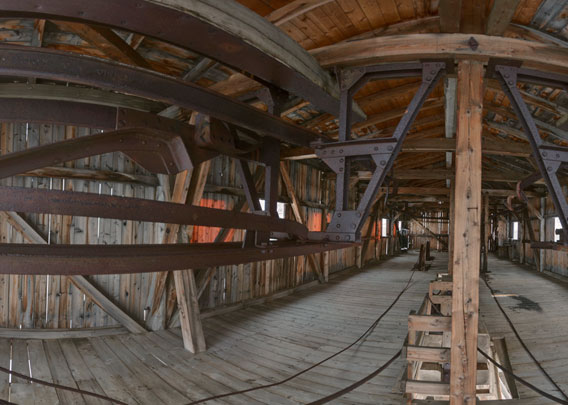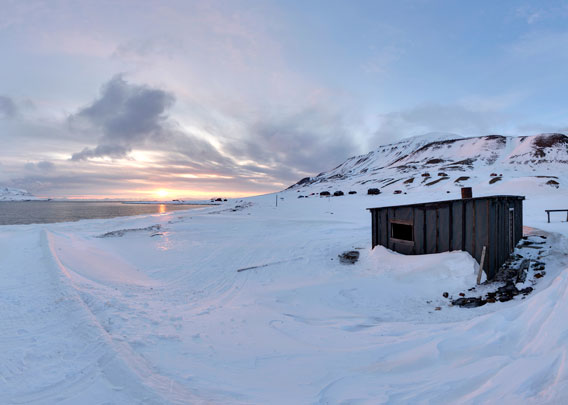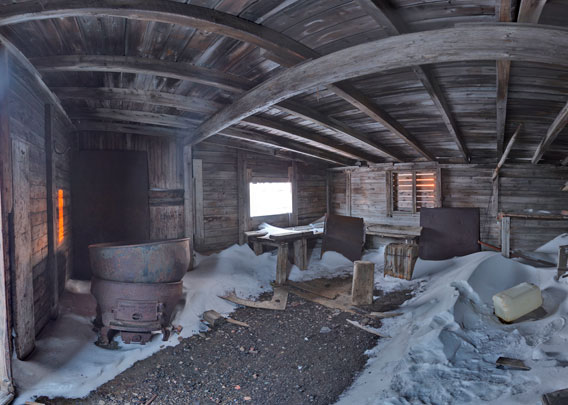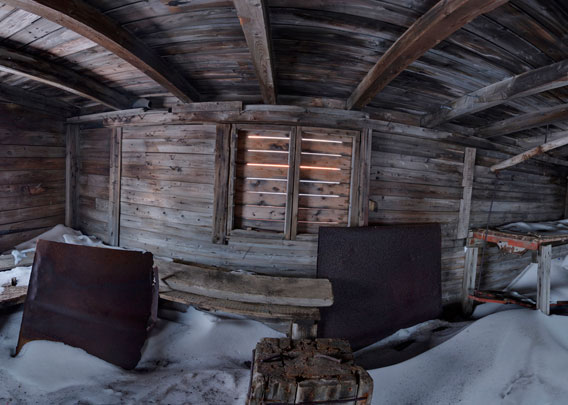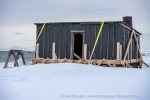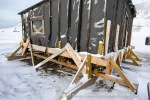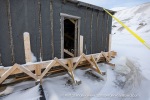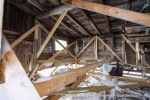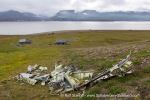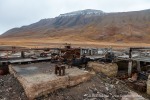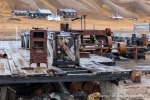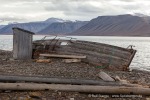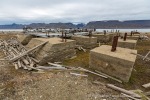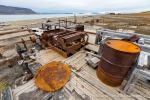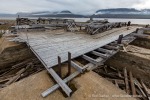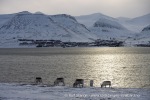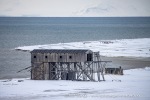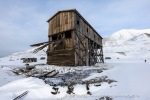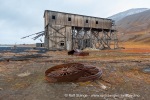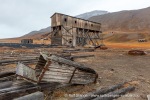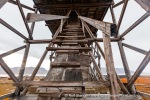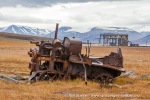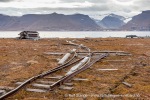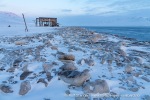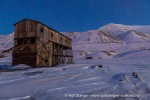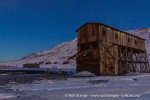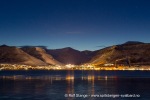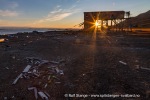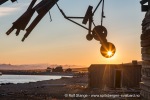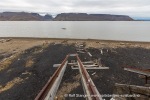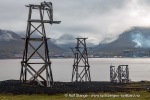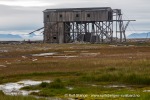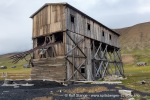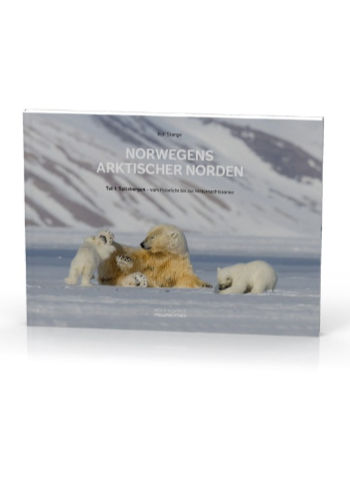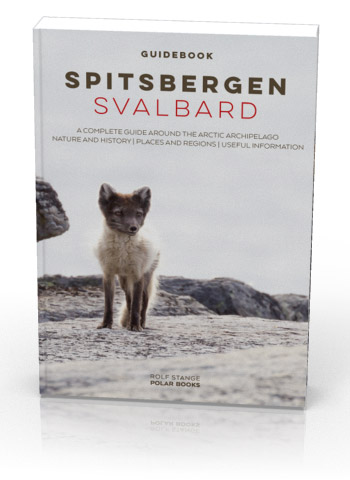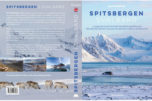-
current
recommendations- Liefdefjord
New page dedicated to one of Spitsbergen's most beautiful fjords. Background information and many photos.
- New Spitsbergen guidebook
The new edition of my Spitsbergen guidebook is out and available now!
- Liefdefjord
New page dedicated to one of Spitsbergen's most beautiful fjords. Background information and many photos.
Page Structure
-
Spitsbergen-News
- Select Month
- June 2025
- May 2025
- April 2025
- March 2025
- February 2025
- January 2025
- December 2024
- November 2024
- October 2024
- September 2024
- August 2024
- July 2024
- June 2024
- May 2024
- April 2024
- March 2024
- February 2024
- January 2024
- December 2023
- November 2023
- October 2023
- September 2023
- August 2023
- July 2023
- June 2023
- May 2023
- April 2023
- March 2023
- February 2023
- January 2023
- December 2022
- November 2022
- October 2022
- September 2022
- August 2022
- July 2022
- June 2022
- May 2022
- April 2022
- March 2022
- February 2022
- January 2022
- December 2021
- November 2021
- October 2021
- September 2021
- August 2021
- July 2021
- June 2021
- May 2021
- April 2021
- March 2021
- February 2021
- January 2021
- December 2020
- November 2020
- October 2020
- September 2020
- August 2020
- July 2020
- June 2020
- May 2020
- April 2020
- March 2020
- February 2020
- January 2020
- December 2019
- November 2019
- October 2019
- September 2019
- August 2019
- July 2019
- June 2019
- May 2019
- April 2019
- March 2019
- February 2019
- January 2019
- December 2018
- November 2018
- October 2018
- September 2018
- August 2018
- July 2018
- June 2018
- May 2018
- April 2018
- March 2018
- February 2018
- January 2018
- December 2017
- November 2017
- October 2017
- September 2017
- August 2017
- July 2017
- June 2017
- May 2017
- April 2017
- March 2017
- February 2017
- January 2017
- December 2016
- November 2016
- October 2016
- September 2016
- August 2016
- July 2016
- June 2016
- May 2016
- April 2016
- March 2016
- February 2016
- January 2016
- December 2015
- November 2015
- October 2015
- September 2015
- August 2015
- July 2015
- June 2015
- May 2015
- April 2015
- March 2015
- February 2015
- January 2015
- December 2014
- November 2014
- October 2014
- September 2014
- August 2014
- July 2014
- June 2014
- May 2014
- April 2014
- March 2014
- February 2014
- January 2014
- December 2013
- November 2013
- October 2013
- September 2013
- August 2013
- July 2013
- June 2013
- May 2013
- April 2013
- March 2013
- February 2013
- January 2013
- December 2012
- November 2012
- October 2012
- September 2012
- August 2012
- July 2012
- June 2012
- May 2012
- April 2012
- March 2012
- February 2012
- January 2012
- December 2011
- November 2011
- October 2011
- September 2011
- August 2011
- May 2011
- April 2011
- March 2011
- February 2011
- January 2011
- December 2010
- November 2010
- September 2010
- August 2010
- July 2010
- June 2010
- May 2010
- April 2010
- March 2010
- February 2010
- November 2009
- October 2009
- August 2009
- July 2009
- June 2009
- May 2009
- April 2009
- March 2009
- February 2009
- January 2009
- December 2008
- November 2008
- October 2008
- August 2008
- July 2008
- June 2008
- May 2008
- April 2008
- March 2008
- February 2008
- April 2000
- Select Month
-
weather information
-
Newsletter

| Guidebook: Spitsbergen-Svalbard |
Hiorthhamn
360°-Panoramas
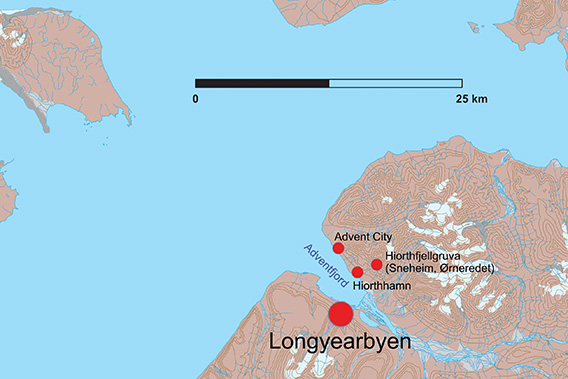
Hiorthhamn is located on the north side of Adventfjord, opposite Longyearbyen.
On the north side of Adventfjord, opposite Longyearbyen, lie the remains of the old mining settlement of Hiorthamn from the early 20th century, which today offers plenty of space for exploring and beautiful photo opportunities. Hiorthhamn is one of Spitsbergen’s largest and most comprehensive industrial monuments from the early mining era.
In 1917-18, more than 60 workers were employed at Hiorthhamn to get the operation up and running. Production was supposed to start the following year, but technical problems and the Spanish flu contributed to the fact that only a meagre 838 tonnes of coal were extracted from the mountain in Sneheim high up on Hiorthfjellet. The mine where Hiorthhamn’s coal came from was no less than 582 metres above sea level! It was officially called Hiorthfjellgruve, but unofficially it was usually called Sneheim (‘Snow Home’). Sneheim has its own page (click here).
Mining in Sneheim/Hiorthfjellgruve/Hiorthhamn from 1917 onwards was carried out under the direction of De Norske Kulfelter, which had taken over the coal deposits there after several changes of ownership; the ownership structure in the early years of mining in Spitsbergen was often confusing and chaotic, with overlapping claims. Engineer Fredrik Hiorth was the leading figure in De Norske Kulfelter, which also explains the origin of the names Hiorthhamn and Hiorthfjellet. Originally, the place was spelt Hiorthhavn, and from 1938 it was called Moskushamn for a while, as musk oxen from Greenland were released there in 1929, but later died out again. Today the place is called Hiorthhamn again.
Hiorthhamn in the polar night
- pano anchor link: #Hiorthhamn_08Jan14_055
Impressions from the polar night (early January). The moon is in the sky. Longyearbyen lies brightly lit on the other side of the fjord.
- pano anchor link: #Hiorthhamn_08Jan14_079
In 1917, De Norske Kulfelter began to prepare for mining in Hiorthhamn. Initially, some buildings were brought from Advent City, a few kilometres further northwest in Advent Fjord, where an English company, the Spitsbergen Coal and Trading Company, had made an ultimately unsuccessful attempt to mine coal from 1904 to 1908.
The difficult conditions, not least due to the location of the Sneheim mine on a steep slope at an altitude of 582 metres, and the Spanish flu contributed to the fact that mining in Sneheim/Hiorthhamn was largely discontinued as early as 1921. After that, only sporadic attempts were made to revitalise the small mining village, but the hammer finally fell in 1940. Until then, hardly more than 10,000 tonnes of coal had been produced in the Hiorthfjell mine, and the workforce had probably never exceeded around 80.
A few of the many buildings, including residential buildings and warehouses, smithies and workshops etc., are still standing. Several of the associated huts in the neighbourhood are still in private use today, which of course limits photography. This is another reason why I am concentrating here on the facilities near the shore, which were not used for accommodation or similar, but for industrial purposes and can still be visited today, which is really worthwhile.
Hiorthhamn: the central cableway station (ground level)
The bottom station of the coal-fired cable car is the most striking building in Hiorthhamn and is unique in its kind in Spitsbergen. It was built during Hiorthhamn’s last phase of operation, 1938-40.
The first panorama was taken on the west side of the valley station of the coal-cable car. The building nearby, towards the shore, is the old smithy (see below). All panoramas are from 2013.
- pano anchor link: #Hiorthhamn_06April13_096
- pano anchor link: #Hiorthhamn_06April13_056
- pano anchor link: #Hiorthhamn_06April13_126
The engine room.
- pano anchor link: #Hiorthhamn_06April13_196
The last panorama at sea level shows the south side of the cableway station / coal loading facility, facing the shore. In the years following the photo (2013), the shore has increasingly moved inland due to coastal erosion, threatening the facility. Attempts have been made to secure it with sandbags. It remains to be seen how long this will work.
- pano anchor link: #Hiorthhamn_06April13_241
Hiorthhamn: the cableway station (upstairs)
From here we are in the upper part of the cableway station / coal loading plant:
- pano anchor link: #Hiorthhamn_06April13_396
You get here via a narrow flight of steps, more of a chicken ladder than anything else. No-one takes responsibility for the technical condition of the old system and nothing is maintained here. You have to judge for yourself whether you want to trust the ladder and the wooden floor in the upper part.
- pano anchor link: #Hiorthhamn_06April13_436
- pano anchor link: #Hiorthhamn_06April13_517
Hiorthhamn: the smithy
The smithy was located right next to the cableway station/coal loading facility. The panoramic photos are from 2013. At the beginning of March 2021, the building was moved 12 metres away from the shore to a new place as it was threatened by coastal erosion at its original location.
- pano anchor link: #Hiorthhamn_06April13_281
- pano anchor link: #Hiorthhamn_06April13_351
- pano anchor link: #Hiorthhamn_06April13_311
A few pictures of the smithy from March 2022, one year after the building was moved due to the threat of coastal erosion.
- gallery anchor link: #gallery_3423
Click on thumbnail to open an enlarged version of the specific photo.
Hiorthhamn during the war
During the Second World War, a Norwegian garrison was stationed in Hiorthhamn with British help, which fired on a German observation plane on 23 July 1942 and hit it. The plane crashed, however, probably because it hit a cable on a bend at Hiorthfjellet, which was probably part of the coal cableway between the Sneheim mine at the top of the mountain and the loading facility on the shore. The four crew members of the aircraft were killed and buried on site (a few bones, which were later found, are said to have been buried in the cemetery in Longyearbyen). Some parts of the wreckage of the aircraft can still be seen today.
- gallery anchor link: #gallery_3411
Click on thumbnail to open an enlarged version of the specific photo.
The Norwegian garrison was stationed in Hiorthhamn until autumn 1947.
The sawmill at Hiorthhamn
In the 1970s, there was another attempt to operate a small industrial plant on the small headland a few hundred metres north-west of the striking coal cableway centre/loading facility. This time it was a sawmill! The man behind it was the adventurer Per Johnsson, who had previously become known as one of the last polar bear hunters in Spitsbergen. Johnsson had realised that it should be possible to earn good money by producing timber from cheaply available driftwood. After all, the sawmill was in operation from 1972 to 1976, but was then closed down. It was obviously not really worth it. The saw was still used in a sawmill in Norway, and the associated hut is said to have burnt down during a lavish celebration.
- gallery anchor link: #gallery_3419
Click on thumbnail to open an enlarged version of the specific photo.
The sawmill stood on a foundation that was laid by the mining company shortly before the Second World War to build a loading facility for the coal. However, the loading facility itself was never built.
Main source: Leif Johnny Johannessen (2006): Hiorthhamn. Kulldrift under vanskelige forhold. Published by Sysselmannen på Svalbard, Longyearbyen.
Photo gallery Hiorthhamn
Finally, a photo collection of Hiorthhamn, with photos from 2009 to 2022, focussing on the large cable car station/loading facility that was built shortly before the Second World War. It’s also really fun to photograph the thing.
- gallery anchor link: #gallery_3418
Click on thumbnail to open an enlarged version of the specific photo.
BOOKS, CALENDAR, POSTCARDS AND MORE
This and other publishing products of the Spitsbergen publishing house in the Spitsbergen-Shop.
last modification: 2024-12-18 ·
copyright: Rolf Stange
